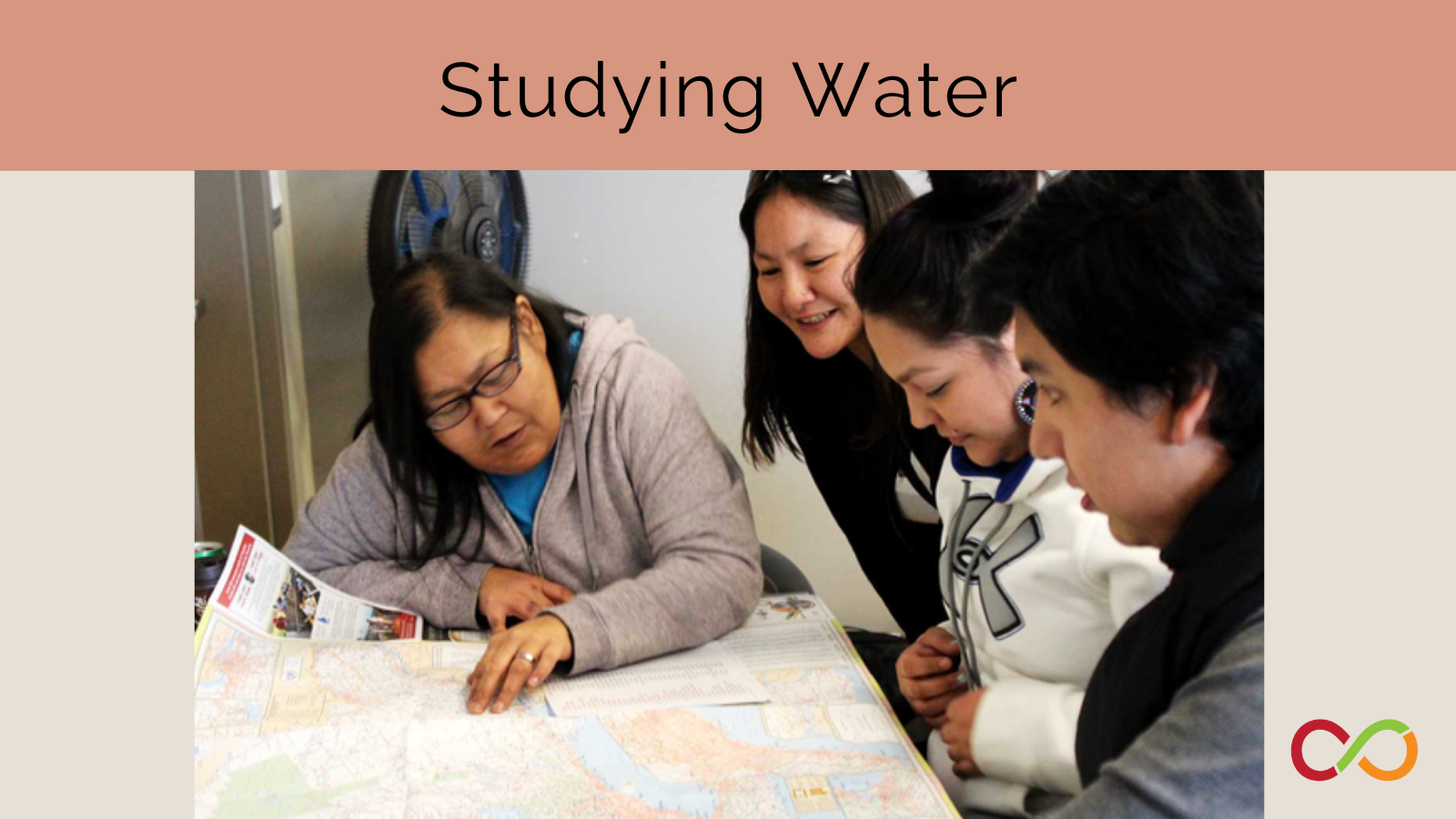Studying Water - Integrating Inquiry-Based Math, Science, Mapping and Social Justice - Part 2: Math Explorations - Central Tendency & Capacity
- Junior/Intermediate (Age 9 to 12)
Curriculum Goal
This inquiry-based, water-focused lesson integrates mathematics, environmental science, geography, Indigenous rights, language arts and social justice issues. It was designed to model how inquiry might look in the junior and intermediate grades. It is also an example of how to use mathematics to explore issues of social justice. This lesson has sparked inquiry with groups of teachers during PD as well as with junior and intermediate students in a variety of classrooms. Dr. Bev Caswell developed the lesson in response to the realization that a disproportionate number of First Nation communities experience boil water advisories when compared to the rest of Canada. It appears in the second edition of Natural Curiosity.
"Can you imagine parents, teachers, or the general public in major cities in Canada putting up with this in their schools for weeks let alone years on end?" Caswell says. "Why is there no public outrage on this pressing issue?"
- White board & Marker
- 1 Litre water bottle (one per group)
- Dimensions of bathtub (122cm x 81cm x 64cm)
- BLM: How much water do you use in one week?
- 1 Litre water bottle (one per group)
- Computers with Internet access
Lesson
- Ask table groups to brainstorm ways in which they use water in their lives. Hear from each group. Create list.
- When students mentions bath/shower, hold up a 1 Litre water bottle and ask groups to: Estimate how many bottles of water you think it would take to fill bath tub. Document the estimates on board at front of room. Have the students put the numbers in order. Give a mini lesson on mean, median, and mode using these numbers. Highlight various strategies students use.
- Give each group a 1 L bottle. Ask them to think about how they might calculate the capacity of a bath tub. What information do we need to calculate the capacity? Give time for students to revise their estimates now that they have tub measurements. After groups have shared their ideas, you may decide to introduce the formula for calculating volume.
- Ask students: Approximately how much water do you consume weekly?
- Distribute BLM: How much water do you use in a week?
- Ask everyone to use the worksheet to calculate approximate number of litres of water used per week.
- Invite groups to write these numbers on board at front of the room and/or find the average for each table group then write the numbers on the board.
- Discuss water consumption – Any surprises?
- For further exploration, visit the CBC Water calculator.
Math refreshers for teachers
What is volume?
It is a word that can have several meanings, such as a number in a series of books; but in terms of measurement, we are looking at how much space an object or liquid occupies. For example, if I have a tank, how much space does it take up?
How to find the volume of prisms:
To find the volume of prism, you have to find the product of the area of the base and the height. For example, if you have a tank with the following dimensions: 50cm (L) x 40cm (W) x 30cm (H), the area of the base is 50cm x 40cm = 2000cm2 . Then you would multiple the base area by the height: 2000cm2 x 30cm = 60 000cm3 . Since 1cm3 = 1mL, 60 000cm3 = 60 000mL. And since 1000mL = 1L, 60 000mL = 60L.
Units of volume:
Volume is measured using L (litres), mL (millilitres), m3 (cubic metre), and cm3 (cubic centimetre).
1cm3 = 1mL
1,000,000 cm3 = 1m3
1000 mL = 1L
1000 L = 1m3
Why is 1 000 000cm3 = 1m3 ?
1m3 = 1m x 1m x 1m
1m3 = 100cm x 100cm x 100cm
1m3 = 1 000 000 cm3
